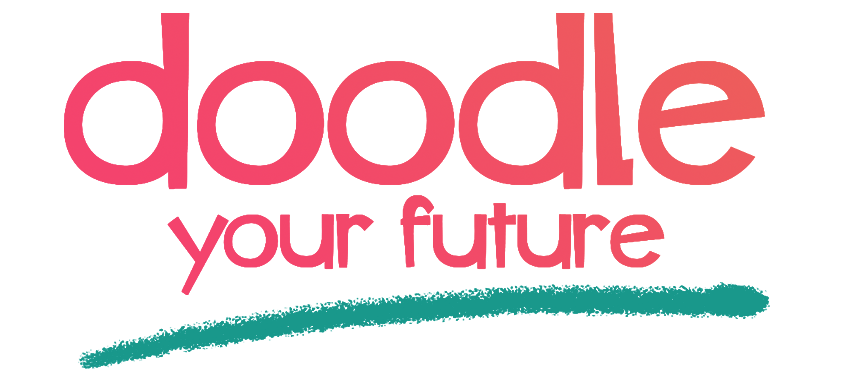The power of art and storytelling.
so we might know where beauty will grow. “
Founder Tammany Barton
South Africa’s future depends on her children. Doodle your Future is taking a unique approach to nurturing some of the country’s most vulnerable children through the evocative combination of art and storytelling. While we await to see what this world wide pandemic does, we would like to share our good news stories with you.
The story of Doodle your Future’s birth provides the perfect example of the tangible healing that art and narrative therapy can facilitate. It started almost 10 years ago when Tammany Barton, the organisation’s founder, became a big sister to Mary, a 3-year-old living at Oasis Haven Orphanage in Johannesburg. Laura was petrified of sirens, police vans and ambulances – to the point that they invoked an intense physical reaction of fear. Her father had been taken away from her in the back of a police van, and her mother in an ambulance, so this fear is not hard to understand. But together, Tammany and Mary started to create positive narratives around police and ambulances. What if a policeman helped a child find their way home from school? What if an ambulance helped a woman to give birth to a baby? Helping children to make sense of their personal stories plays a critical role in allowing them to process traumatic experiences.[i] This type of work forms the backbone of narrative therapy, a therapeutic technique which centres on listening to, building up, and changing the perspective on personal stories.[ii]
Tammany and Mary didn’t just discuss these stories, they also drew pictures to illustrate the stories they were telling one another. Research suggests that the use of such creative art techniques can allow for the expression of “the visual and sensational nature of traumatic memories stored in the brain without translation into the narrative”.[iii] In young children, who may not have the vocabulary to express their experiences, the use of drawing can be particularly valuable. [iv]
Over time, Mary fears dissipated and she no longer reacted with terror to the sound of sirens. This led Tammany to recognise the power of storytelling and illustrating, and so Doodle your Future was born.
Doodle your Future now works with 20 children at Oasis Haven Orphanage (our Doodlers). The programme has expanded to include educational theatre, forming what Tammany refers to as the magical three: acting out, illustrating, and writing stories. One of the great strengths of art and narrative-based therapeutic approaches is that they offer these multiple avenues through which children can express themselves and learn new things. iv In this way, a message is repeated and reinforced through multiple modalities, multiple neural pathways are involved in the learning process and growth and development can be effectuated in a lasting manner.[v] Arts-based social work (whether based in visual arts, music, theatre or any form of artistic expression) can provide a unique avenue through which young people can engage their strengths, thereby building confidence and a variety of life-skills. For vulnerable children in particular, such approaches are great for shifting focus away from the deficits in their lives and towards a more holistic picture of who they are what they are capable of.[vi] Both art and narrative therapy have been shown to improve various aspects of children’s emotional and social intelligence.[vii],[viii] To compliment this focus on life-skills development, Doodle your Future also places great importance on improving the Doodlers’ literacy and digital skills.
Alongside the educational theatre and other creative programs, our Doodlers work on writing, doodling (illustrating), and sharing good news stories for our corporate partners. Once again, this work engages their strengths, builds literacy and digital-skills and boosts self-confidence. In addition, these corporate partnerships allow the older Doodlers to broaden their horizons and build useful relationships for when they leave the orphanage and enter the labour market.
In sum, Doodle your Future aims to take a truly holistic approach towards empowering our Doodlers to live up to their full potential, without trivialising or disregarding the difficult start they’ve had in life. We believe that they are not only doodling their own futures, but that of our entire nation.
With this in mind, our future newsletters will explore art and narrative therapy, educational theatre and the importance of stories and literacy in more detail. We will focus specifically on why these approaches are crucial in the South African context and particularly for vulnerable youth.
Stay safe and healthy,
The Doodle Team
